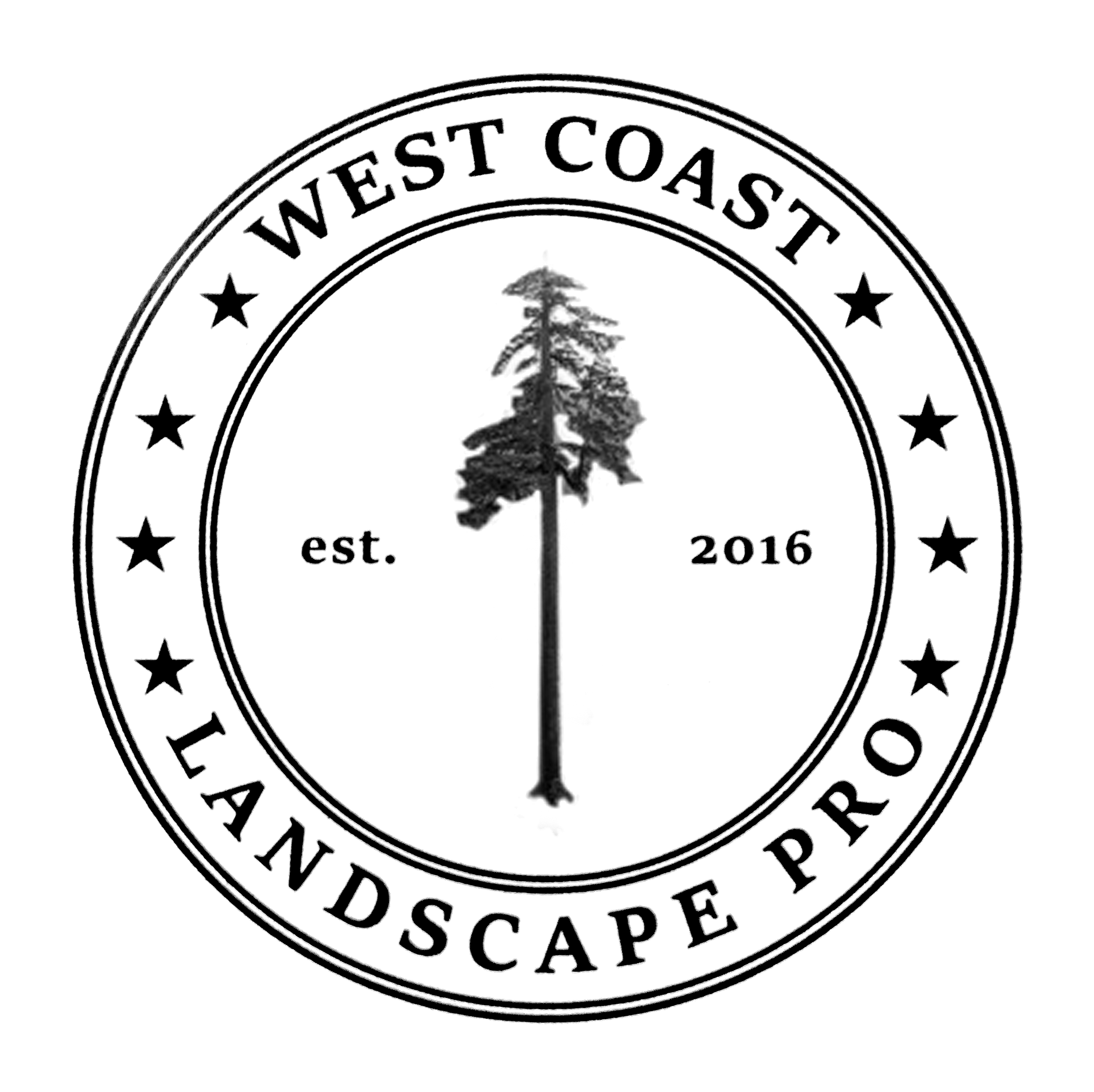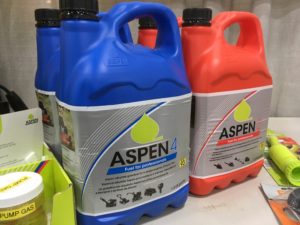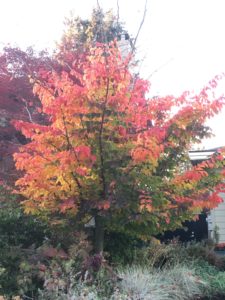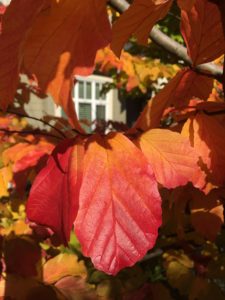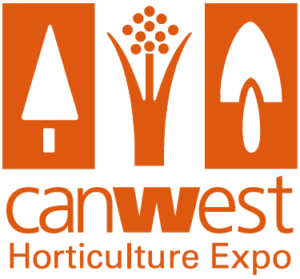I visit the CanWest horticulture trade show in Abbotsford, BC every September thanks to my company’s generous sponsorship. It’s a great chance to learn something new in seminars, collect CEUs, reconnect with green industry people and take the plant ID test.
Every year my notebook shows several key ideas that stand out. So if you missed the show, consider visiting next September. In the meantime, here is a quick look at my notebook.
- Research shows that urban trees require lots of good soil and space. Trees do better when they’re planted in shared root zones, not as single trees.
2. ISA’s Tree Risk Assessment Qualification (TRAQ) is a fairly new qualification but as more and more ISA certified arborists get qualified they are required to produce written reports. And this is a struggle for many. So much so that the best TRAQ instructor in BC is having a class on effective writing in January 2019. This is almost comical.
3. Many people try to save every tree on construction projects but it turns out that this is a mistake. Some specimens are so badly damaged or their sites compromised that it makes sense to remove them and plant new trees. They won’t survive the disruption long-term.
4. Eighty percent (80%) of small engine problems are fuel-related. You can help your machines by switching to Aspen fuel. It comes in 2 and 4-stroke versions and it’s gentle on your engines. It’s also pricey which deters many landscaping companies.
Many landscapers tell me that Aspen works when you use it from the beginning with a new machine. Switching from pump gas to Aspen can be a struggle for your veteran engines.
Price is a factor; I picked up a free plastic bottle sample which retails at $9. But think of your health and the environment. Allegedly you can start your Aspen-fuelled machine in your kitchen. And while I will do almost anything for a new blog post, my wife and strata rules are delaying this experiment.
5. Parrotia persica (Persian ironwood) tree emerged as a star at CanWest. Native to the high deserts of Iran, it’s a “bullet-proof” tree and now comes in new cultivars, including one that can be made into a hedge.
The tree is disease-free and handles drought. It also looks great in fall.
6. Mulches can burn! I love mulches and when I read about mulch fire tests I was very jealous. That’s my kind of research: build tree wells with various types of mulch and set them on fire. See Stephen Quarles and Ed Smith, “The combustibility of landscape mulches“, University of Nevada Cooperative Extension, SP-11-04.
Mulch fire is a problem in areas where forest fires are a problem. In the Lower Mainland of British Columbia this isn’t a big problem. But if anyone in BC needs help with new research, I’m in.
7. Lazy root syndrome is an actual thing. Normally tree roots penetrate soil in search of nutrients and they establish symbiotic relationships with mycorrhizae. The trees get nutrients for the tree and the fungi get sugars in return.
But, when we feed our trees and shrubs copious amounts of fertilizer, the roots don’t have to work as hard. They get lazy. Why establish relationships with mycorrhizae when they get everything from us.
This creates dependence instead of creating healthy conditions in the soil.
8. Speaking of mycorrhizae, allegedly they can attack soil bugs in soil. This is a cool idea. Imagine soil fungi hunting down soil bugs, not just mining the soil for nutrients.
There you have it, some ideas for you to look up and study. See you at CanWest 2019, September 25-26, 2019.
